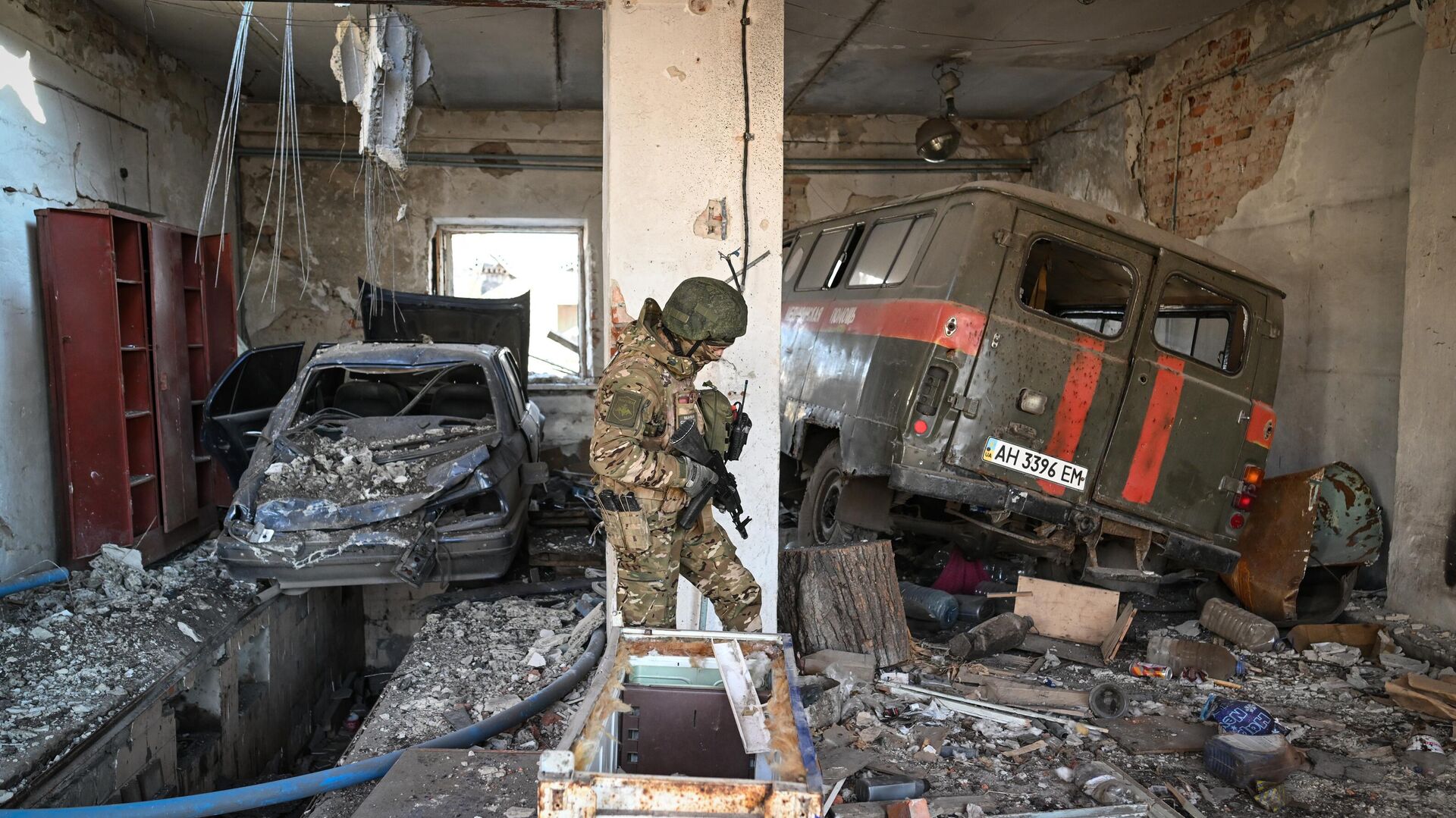
MOSCOW, April 11, Andrey Igorev. The Russian army is actively attacking Chasov Yar, west of Artemovsk. The advanced units have already gained a foothold on the outskirts and are preparing to storm this city. To deprive the Ukrainian Armed Forces of the ability to hold the defense, aviation uses tactics that have proven themselves well in the battles for Avdievka.
The key to defense
Before the assault units managed to break into the territory of Avdeevka, Russian bombers spent several weeks “treating” the Ukrainian Armed Forces’ fortifications surrounding the city with heavy aerial bombs. Over 10 years, Ukraine has spent billions of dollars on them. Trenches and bunkers filled with concrete, connected by communication passages, underground shelters for armored vehicles, and long-term firing points allowed the enemy to feel relatively safe under artillery fire.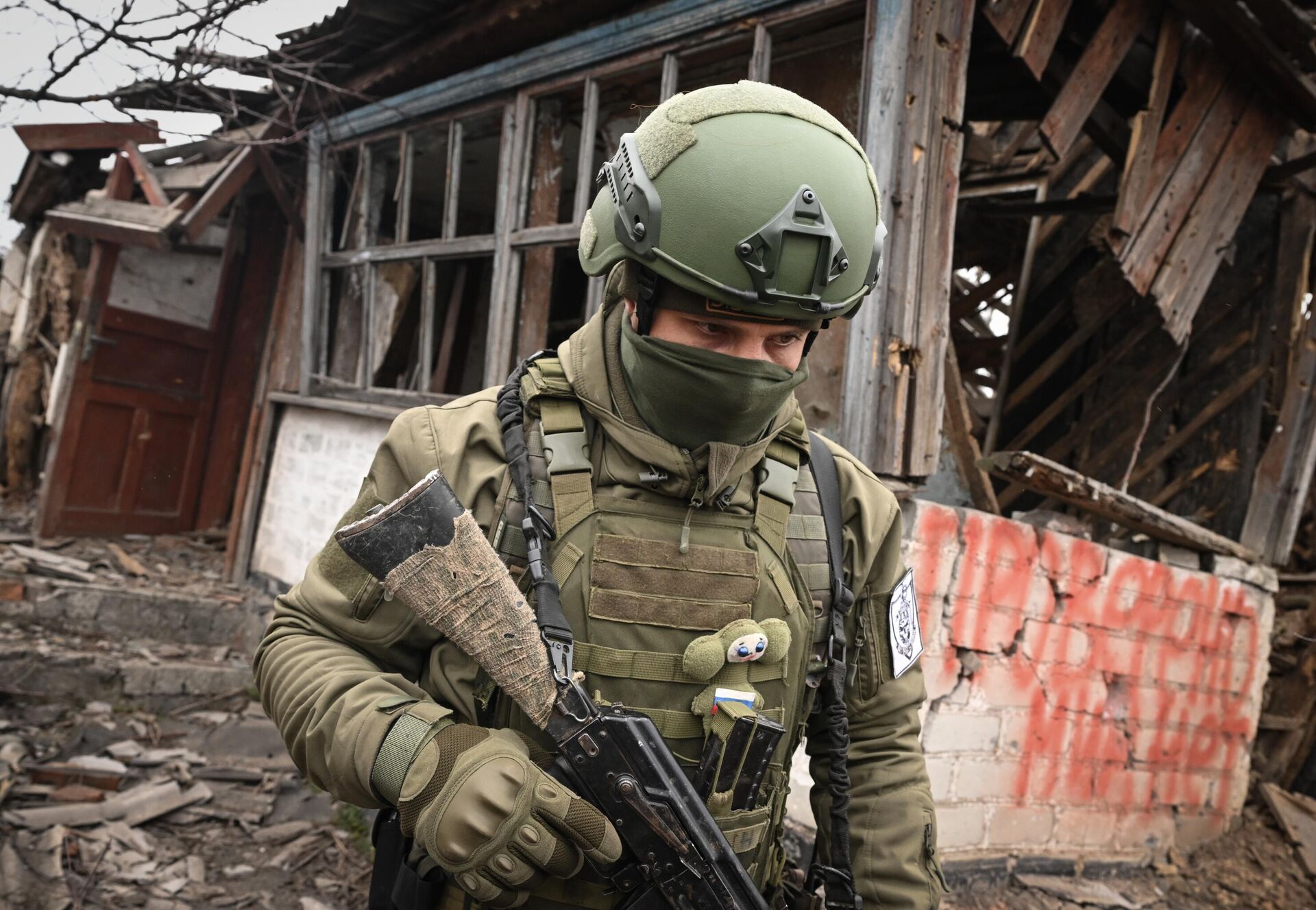
“Without air superiority, we would have been banging our heads against this wall for years,” said Denis, an officer in the central group of troops. “It was the bombers that turned out to be the key to the Ukrainian defense. The bombs razed all their fortifications, and the enemy did not dare to defend in the Khrushchev-era buildings. He retreated from city, and we made a breakthrough and on his shoulders entered Lastochkino, Tonenkoye, Orlovka and Semyonovka. As a result, the Ukrainian Armed Forces managed to push back more than eight kilometers. And our troops continue to advance to the west.»
The officer especially noted the effectiveness of high-explosive (FAB) and volumetric detonating (ODAB) aerial bombs. They not only have great destructive power, but also have a serious psychological impact on the enemy.
This is confirmed by many captured Ukrainian military personnel. Even seasoned soldiers admit that Russian airstrikes are the worst thing they have ever experienced.
A new approach
Massive use became possible after the troops received en masse UMPCs — universal planning and correction modules. Each consists of folding wings and a satellite guidance module that are mounted on an aerial bomb. The innovation makes it possible to throw ammunition with high accuracy at a distance of about 50-60 kilometers from the target, which allows the bomber crew to carry out a release without entering the range of enemy air defense. And the bomb itself flies where it needs to go.
UMPC is equipped with high-explosive bombs FAB-250, FAB-500 and FAB-1500, containing 100, 220 and 700 kilograms of explosives, respectively. For comparison, the mass of explosives in a 203-mm high-explosive fragmentation projectile ZVOF34 for the world's most powerful self-propelled gun 2S7 «Pion» is about 18 kilograms.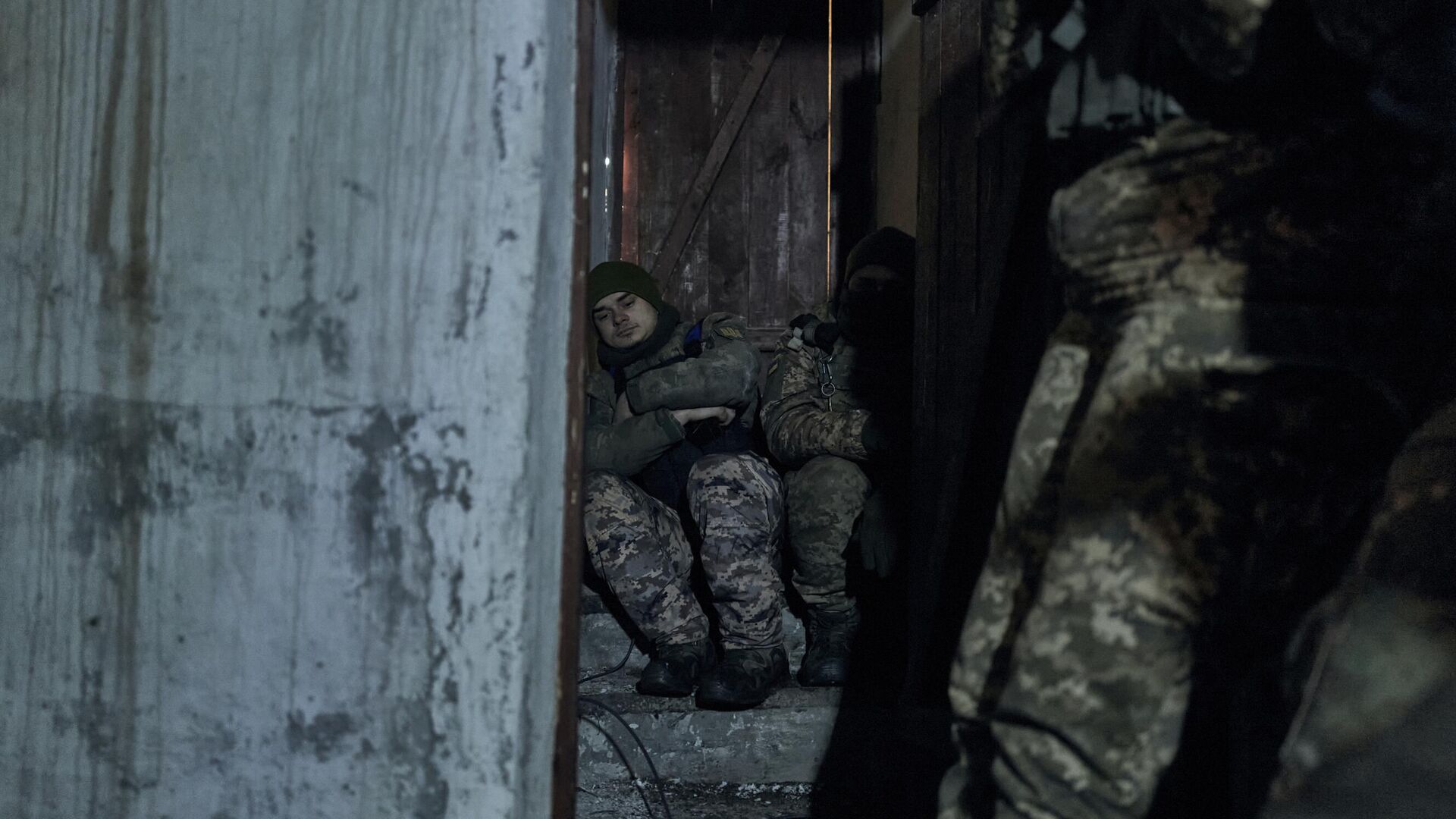
So Thus, in terms of their destructive power, FABs are orders of magnitude superior to barrel artillery ammunition and are comparable in this indicator to operational-tactical missiles. The troops call this ammunition «cast iron» — because of the cast iron body of the bombs.
If FABs are most effective against fortifications and fortifications, then volumetric detonating ODABs work best against infantry and lightly armored vehicles. UMPC modules are equipped, for the most part, with ODAB-500 with an explosive mass of about 200 kilograms. The principle of their operation differs from “cast iron”. When colliding with an obstacle, such a bomb instantly sprays around itself a cloud of explosive fuel-air mixture, which is then undermined by the initiating charge and burns out everything within a radius of 300 meters.
However, the main advantages of FABs and ODABs are hidden not in their tactical and technical characteristics, but in their mass production. There is a lot of this aviation ammunition left in warehouses since Soviet times. And inexpensive planning and correction modules allow you to quickly turn seemingly outdated bombs into long-range, high-precision weapons.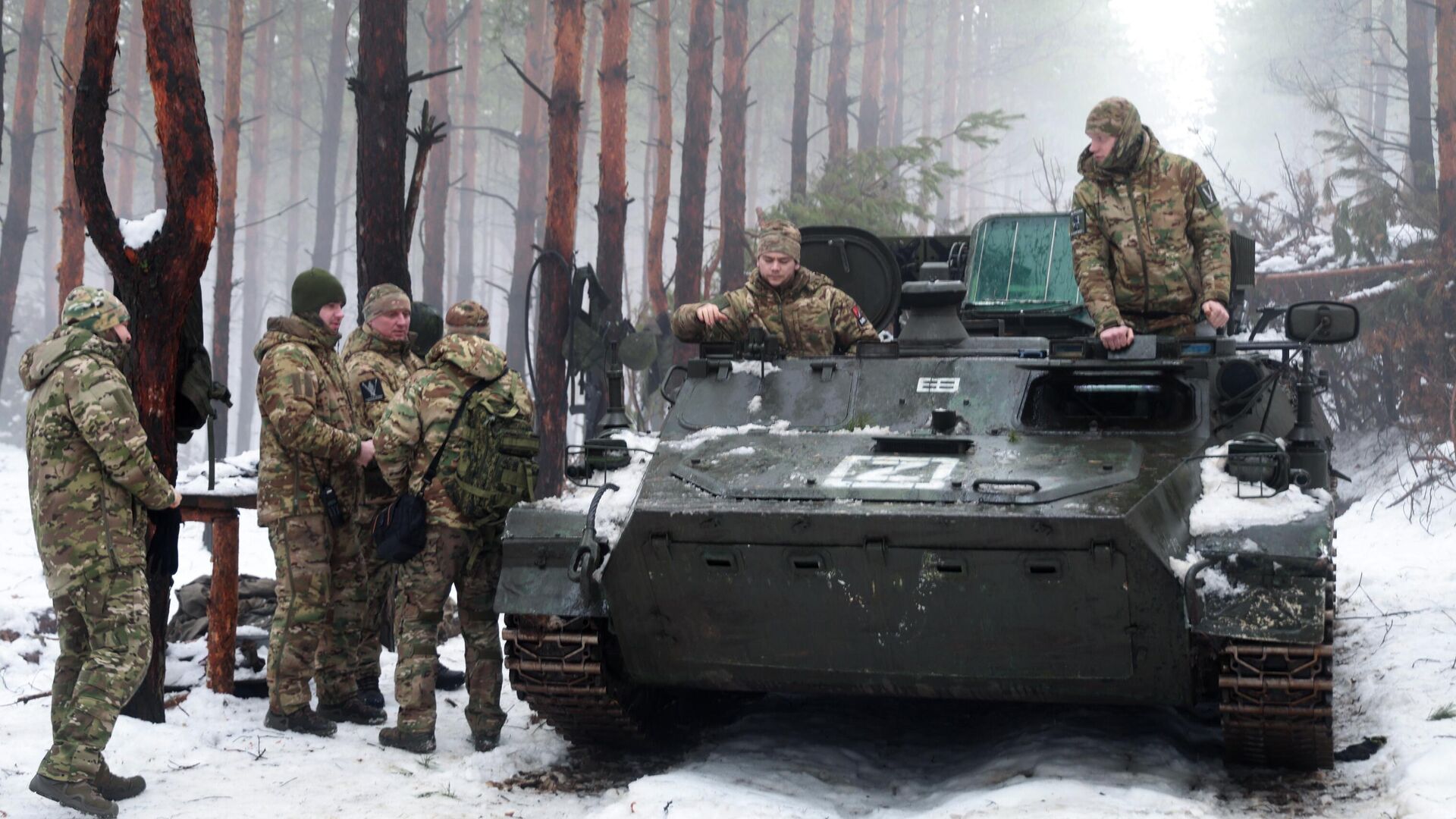









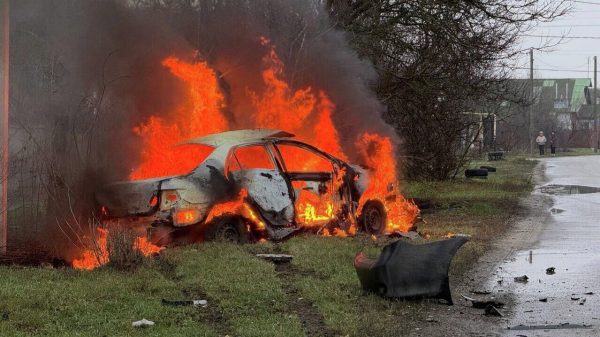
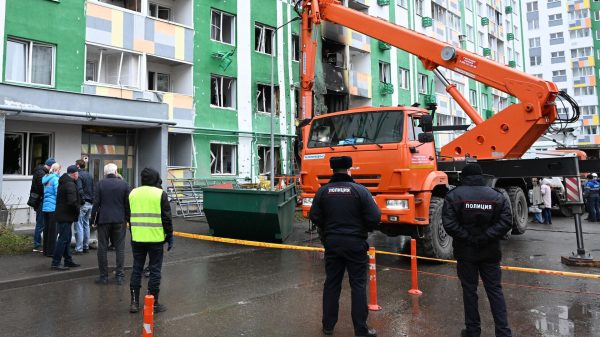







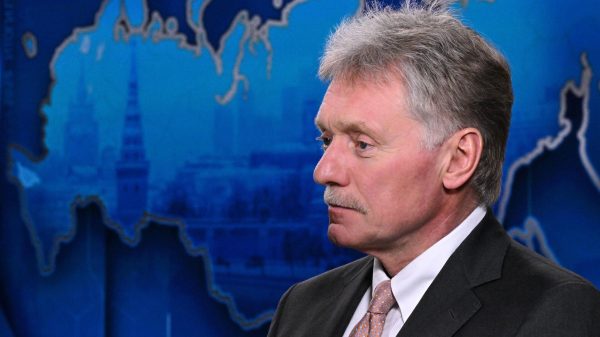



















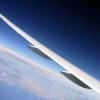











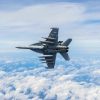



Свежие комментарии